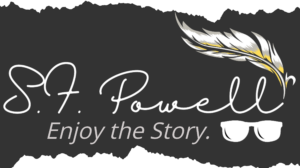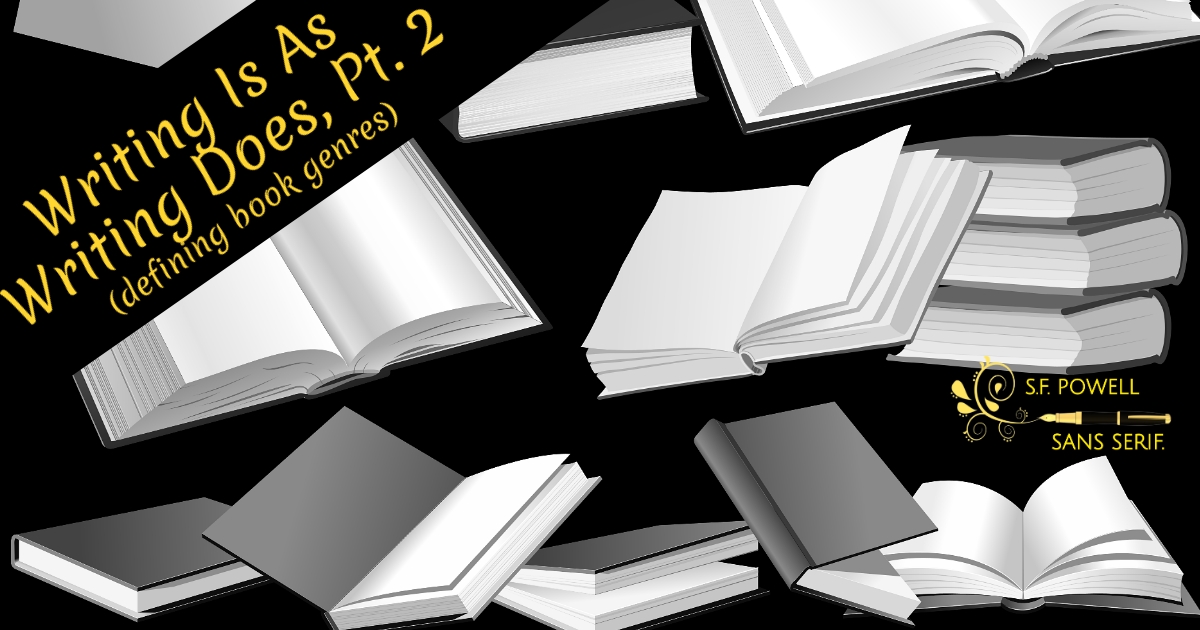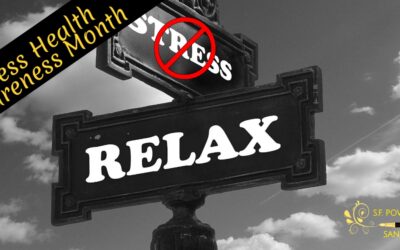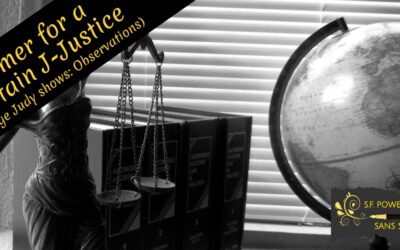In the previous Sans Serif, I discussed the main and most recognizable book genres. With fiction, though, writers tend to delve into a mix of genres. Horror writers blend in elements of romance, while writers of westerns can include numerous comical points.
Subgenres help pin things down more, I guess, but there are so many subgenres, applicable to the main genres and even other subgenres, it’s borderline pointless. Some subgenres identify an audience or novel subject matter, but that doesn’t qualify as a genre to me.
A brief list of subgenres:
- Chic-lit. Considered a standalone genre in some respects. It’s a woman-thang. Chic-lit is by and for women, most times with particular humor addressing a variety of shared experiences pertinent to women.
- Christian. Narratives interwoven with Christian values (think: a recurring and sometimes challenging WWJD, spread throughout).
- Philosophical. Characters in these works ponder the more serious things. They don’t care about who dunnit or how scary it was. They’re in pursuit of knowing the meaning of it all.
- Erotica. Be it heterosexual or LGBTQ+, somebody’s doing it—and readers get all the juicy-but-tasteful details.
- Pulp. Categorized under one of the biggies (e.g. Horror, Crime, Mystery). No need to think too hard or read too deeply. It’s all just good writing fun solely for your entertainment pleasure.
- Horror subgenres: ghost, splatter/slasher, occult, supernatural, or monster (vampire, werewolf, etc.)
Anyway, with the search for a fitting genre over before it starts, I wanted to have a little fun and invent genres suitable for some book somewhere.
Genres 2.0
WYRIWYG. Much harder to pronounce than its well-known and established counterpart, WYSIWYG, What You Read Is What You Get is just that: don’t try to define it, just read it—and hopefully enjoy it. We don’t always enjoy the works in our favorite established genres, do we?
DIY (or You Decide). As you’re reading, define the genre yourself. If you’ve read pages of horror-filled erotica, feel free to define it as a tall tale if that suits you better. Or perhaps that fan fiction novel seemed a dictation of your life as it happened, go ahead and claim it’s a piece of realistic fiction (although, that genre seems an oxymoron to me).
One size fits all. It really doesn’t, but if you believe you’ve written the hottest western detective crime graphic novel about a cowboy in love with a seventeenth century banshee who is haunting the detective’s gay cousin’s house… A novel so good, it became Classic while you weren’t looking, well, there you go.
Behind the Writing (Writer?)
Writers (fiction or non-fiction) often write on subjects where their interests lie. Sometimes we challenge ourselves by writing outside our comfort zones, but a particular genre or comfort-zone is comfortable for a reason. Writers also reveal tidbits of themselves in their works through their writing style. Not necessarily with a debut work, but by work four or five, readers can determine whether their favorite author has a dry sense of humor, enjoys contradiction, or maybe has a kinky side. These glimpses aren’t evident in every character, scene, or narrative, and rarely is it direct correlation to the writer’s thoughts and feelings, but breadcrumbs exist if you’re paying attention. The genre is just a starting point.
What’s my genre? Primarily literary, as readers follow Dr. Naomi Alexander through her therapy sessions treating a key patient(s) and also get glimpses of her home-life as she treats…herself? But there’s suspenseful tension seeing developments unfold with Naomi’s approach to a case. I have romance sometimes, or non-romance should the situation call, erotica sometimes, and reviews have mentioned the “funny” moments in my books. But, for designation’s sake, my novels are literary-suspense…for now. Stay tuned—and stay serif.
In the meantime, be well/safe and read on (some Chic-lit Pulp, perhaps?).
For more on my writing life, check out my newsletter, Tranquill at Twilight…






0 Comments